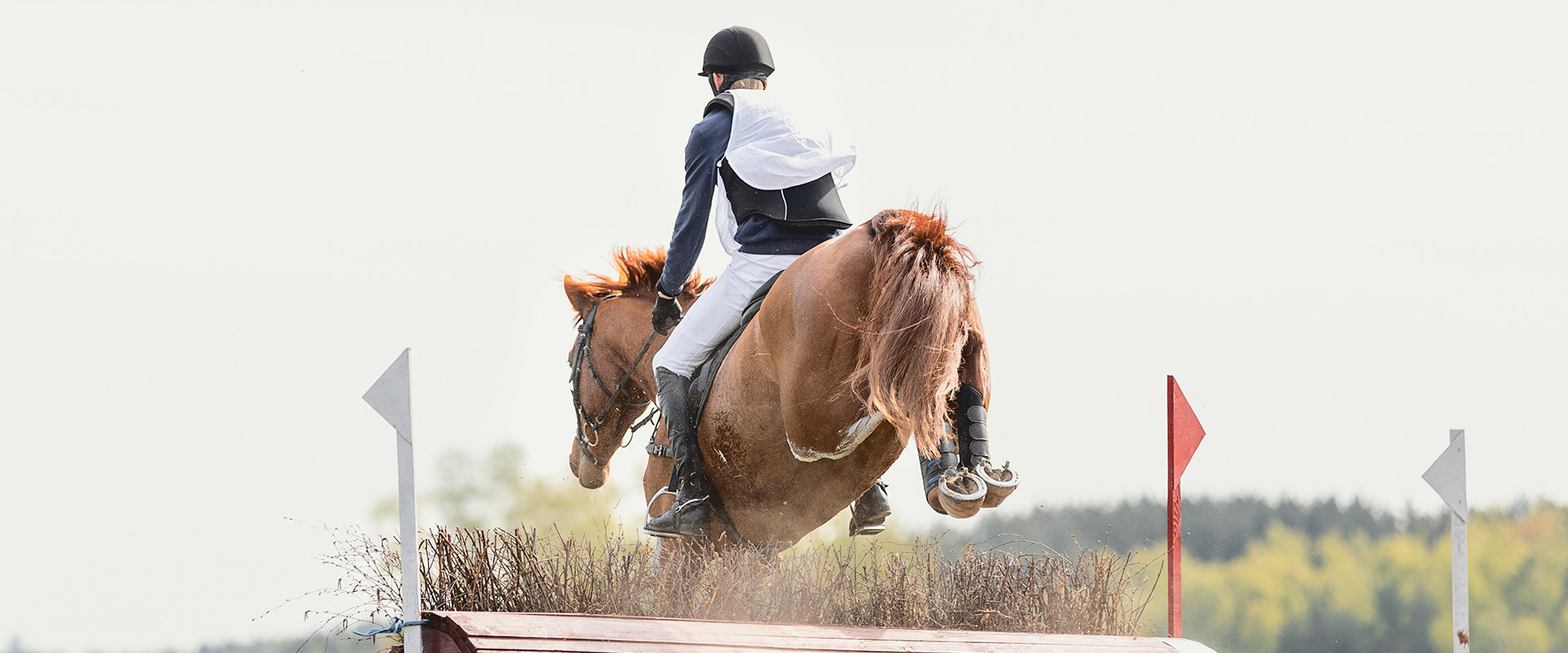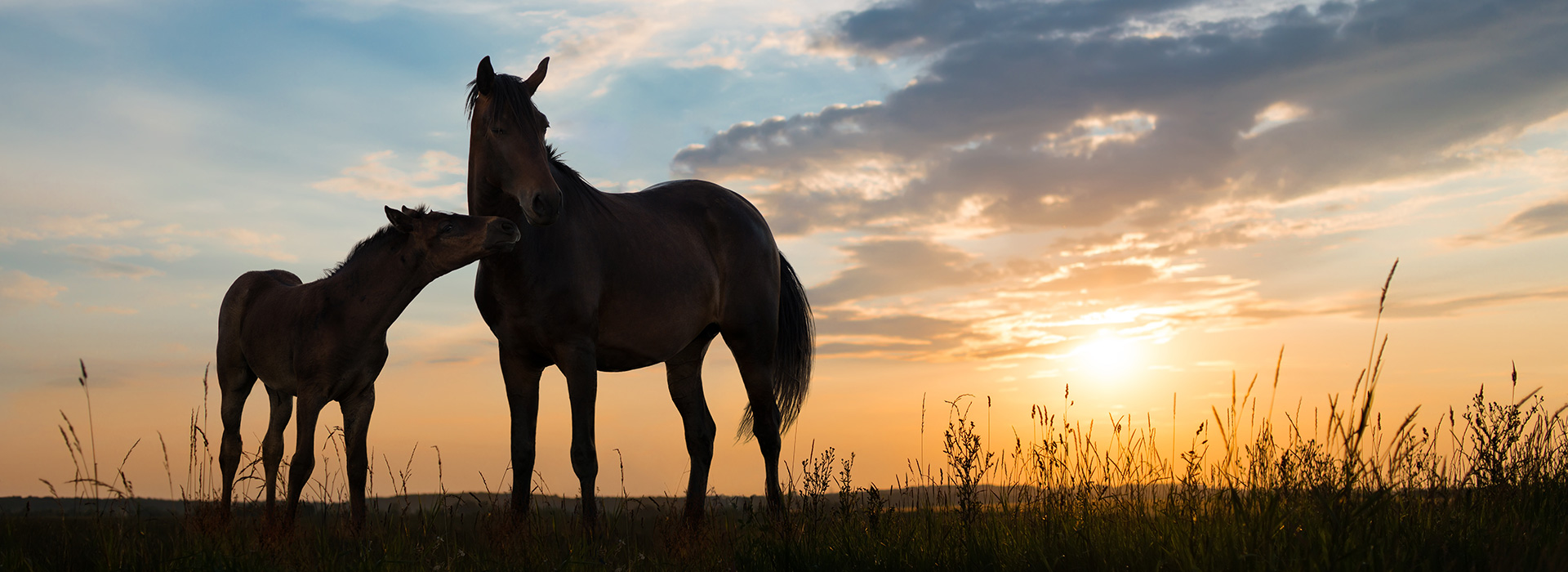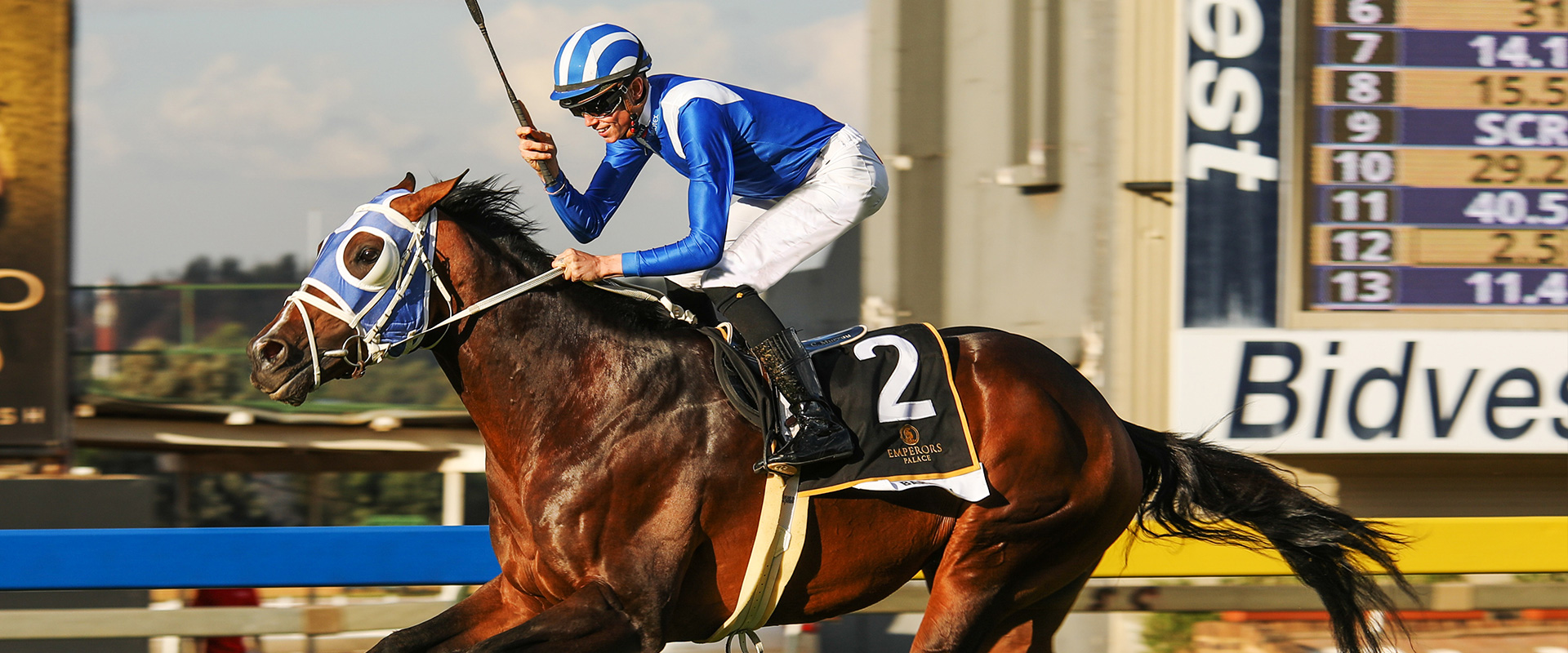You may have seen large displays of stable toys for horses in many tack shops, but are these purchases really worth while?
“Well, it can be really beneficial to give stabled horses something to do, says Dr Diehl”. “The problem with “toys,” either commercial or hand-made, is that horses can become habituated to them pretty quickly. That is, the novelty factor wears off and they ignore them. Some people recommend rotating stable toys so that the novelty remains but, in general, I think toy use is pretty variable and other changes to your management may be more useful”
What we’re really talking about when providing a “toy” is environmental enrichment. The objective of environmental enrichment is to increase the complexity and diversity of the animal’s environment to improve physical and behavioural well-being. There is a two-pronged approach to environmental enrichment for animals: one is to create a naturalistic habitat and the other is to devise activities. Toys were the first rather primitive approach, but today the objective is to provide things for the animals to do that mimic what they would be doing in the wild, such as searching for food, for example. We can take this same approach with our domestic horses. Clearly the best environmental enrichment for horses is the most natural housing and feeding management as possible.
However where horses live mostly in stables and get individual paddock turnout, we can still provide objects that help encourage natural behaviours. Edible enrichment is probably the most studied and most likely to be beneficial. Foraging toys have therefore been shown to be more useful. These are generally plastic balls/containers into which hay pellets or cubes are placed and the horse moves it around so the food drops out intermittently. A similar effect might also be gained by simply dispersing the horse’s ration of forage around his living area. Studies have shown that providing multiple types of forages also keeps horses more occupied than a single forage type.
In other farm animal species, researchers have looked at using complex systems where animals have to complete a task or respond to specific stimuli in order to get feed. Tactile enrichment may also be considered, that is, providing substrates against which the horse can rub and/or scratch. There are some commercial products that can be wrapped around posts on which horses like to scratch and textured objects which can be hung from the stable to further facilitate tactile enrichment.
Visual enrichment has also been shown to be beneficial and this can simply be having a broad field of view to be able to see neighbours in other stables. Studies have shown that even just the sight of other horses, without direct physical contact, can have positive effects on stabled horses and mirrors for horses that are weavers have also been shown to have beneficial effects.
Environmental enrichment also includes any exercise, as well as the tasks asked of horses when they are ridden or handled. Positive daily interactions that ask the horse to do something have been shown to have benefits even for captive wild animals. Left to their own devices, horses will learn how to move or manipulate things to get something rewarding. In some species it has been shown that a more “cognitively interesting” environment improves an animal’s ability to learn.
So some horses will play with a toy that they can kick, pick up, roll, or toss. But it may be more beneficial to look into other objects or activities that simulate natural behaviours or things that they would more likely encounter in a natural environment. These things are more likely to keep the horse’s interest over time and may reduce the amount of stereotypes seen in some horses.
Taken from http://www.thehorse.com/articles/35959/are-stall-toys-good-for-horse




